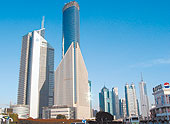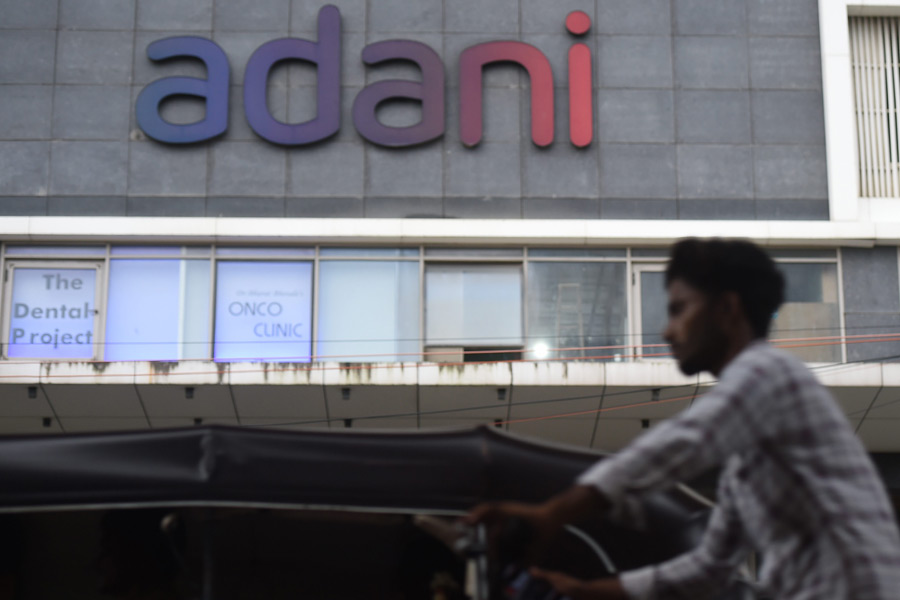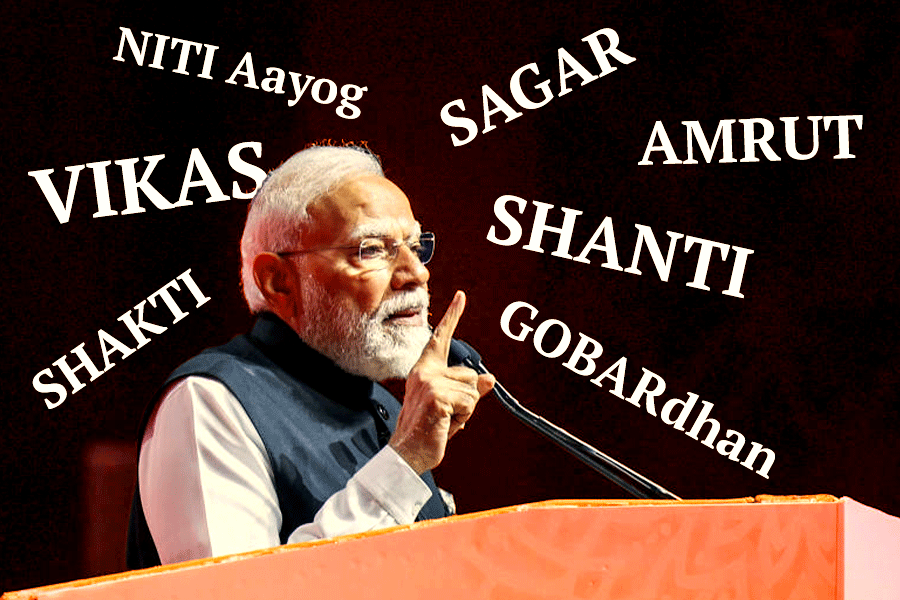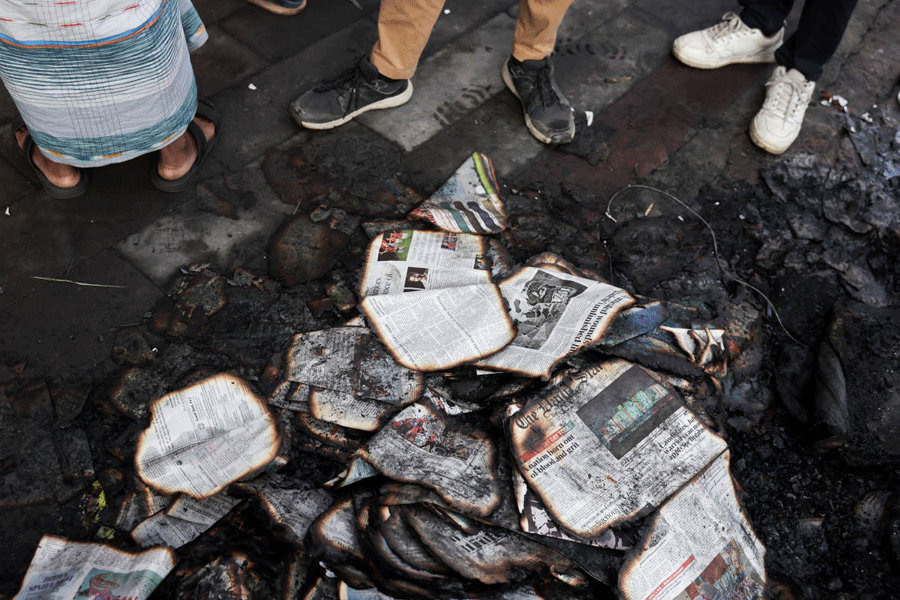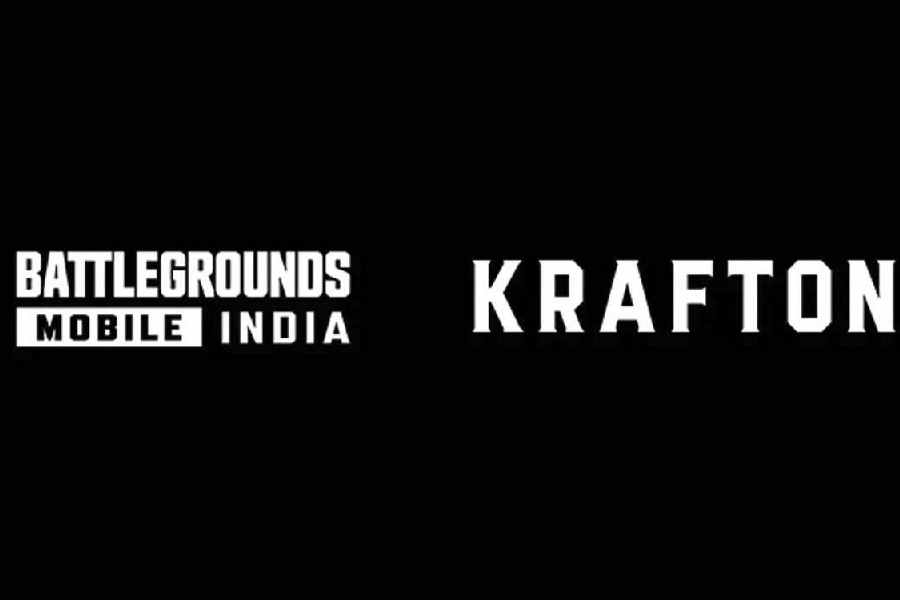 |
| Shanghai |
Dynamic China is the inveterate traveller?s new discovery. Its airports buzz, cities sizzle and its history lies happily juxtaposed with the ultra modern, the high-tech and high-rise. This huge country is one of as many dialects as terrains: the lowlands of the south-east, the Himalayan peaks of Tibet to the Gobi Desert up north.
A holiday to China holds promise, but be prepared to face some difficulties in being understood as English is not the spoken language. However, with tourism to China increasing by the year, most of the staff at hotels and (some) stores can speak basic English. On the road, though, language can be a reason for concern. That?s where travel agents and tour packages come in handy. Escorted tours can circumvent the language barrier. Sift through the options now as some tempting tour packages are on offer.
China?s two major cities Beijing and Shanghai are calling...
Beijing
It?s a vibrant and historic capital and the next stop for the Olympic Games in 2008. So you may like to catch Beijing as it begins to dress up for the grand show. Avid travellers will vouch for the fact that China?s capital city (referred to as Peking till not long ago) is delightful. Up north, it?s where visitors can get to do some really touristy things ? like visit a section of the Great Wall of China, amble through the Forbidden City and the now infamous Tiananmen Square.
The highlight, the Forbidden City (or Imperial Palace) that dates to the 1420s, spills over 200 acres. Though now a must-visit on tourist itineraries, the palace was off limits to commoners for as many as 500 years. A former residence of the emperors of the Ming and Qing Dynasties, only the royal family, ministers and ambassadors were allowed inside. Thus, it earned the epithet of the Forbidden City. A trudge down its several quadrangles that are trimmed with an intricate network of buildings reveals that this massive complex consists of more than 9,000 rooms and houses over a million historic relics!
 |
| The great wall of china |
One gate of the Imperial Palace ends at Tiananmen Square, the world?s largest public square that can hold a million people! It became infamous in more recent times when Chinese troops killed hundreds of student protesters during a pro-democracy rally. The shadow of the tragedy still haunts China.
Today it?s alive with people doing their own thing: hanging out, flying kites or practising tai chi as street vendors drive a hard bargain, selling almost everything. Current must-buys are ?Beijing 2008? hats for about $1!
An hour?s drive north of Beijing, lies the Badaling section of China?s greatest treasure ? the Great Wall.
Here?s some Great Wall trivia: stories have it that it is the only man-made structure visible from the moon (this is said to be untrue). The Wall starts at Jianyuguan Pass in the west of China and ends at Shanhaiguan Pass in the east spanning over 6,350km. The Wall at Badaling is about 26 feet high and 23 feet wide at its base and most tourists can?t resist walking along its top. Started in 221 BC, it was added to until the 17th century by successive Chinese dynasties to keep marauders out of China. After leaving the Great Wall, a visit to the Ming Tombs at Shisan Ling is a good idea. These tombs represent the burial ground for 13 of the 16 Ming dynasty emperors. Package tours to both sites are the best way to go.
Travellers can also head for the buildings and temples of Beihai Park, which have a rich 800-year-old history. For a spot of fun, the Chinese Ethnic Culture Park is the only one in China that hosts weddings, sports competitions, and cultural performances of different ethnic groups.
The best part about a holiday in Beijing is that it?s the gateway to China?s diverse cuisines. You already know that Chinese food is eaten with chopsticks, so most dishes are prepared in bite-size pieces, ready for picking.
Just like the varied nature of the country, Chinese cuisine too can be split into various regional styles. Hunan, Cantonese and Sichuan cuisines are among the staple fare on offer. Cantonese originates from the region around Canton in southern China?s Guangdong province and includes meats. So, besides pork, beef and chicken, there are on offer (take a deep breath) snakes, snails, insects, worms, duck tongues, entrails and sometimes even dogs ? everything goes.
With countless cooking methods, you can gorge on sumptuous dishes that have been steamed, stir-fried or deep-fried. In the Sichuan cuisine department, hit upon hot, sour, sweet and salty flavours. Also think traditional dishes: velvet shark?s fin, braised bear?s paw, crisp duck roasted with camphor and tea and sea cucumber.
Shanghai
The largest and most cosmopolitan city in China, Shanghai is great for a holiday. Old architecture and modernity co-exist and the swish airport opens into a city that boasts of as much as 243km of elevated road! If you?ve visited Shanghai some years ago, you?ll be amazed at the metamorphosis. It?s a city in a hurry to update itself.
 |
| A busy street in Shanghai |
A highpoint of a Shanghai visit could well be a flying visit to Pudong New District, an extension of the city and its high-tech industrial and financial face. Pudong houses dozens of spanking-new skyscrapers, and of course, the Pudong International Airport that opened up in 1999.
Located east of the Huangpu River, Pudong was an area devoted to farms and paddy fields a little more than a decade ago. Designed to be the Wall Street of Asia, it is the financial and business centre of Shanghai and headquarters for most multinational corporations and banks operating here. Pudong is expected to become an important hub in the Asia-Pacific region for the research and development centres of MNCs.
In Shanghai, people like to chill out at the Bund, or the riverside walk that gives a glimpse into the days of old colonial Shanghai, even as the new face of the city is conspicuous in its pubs and hotels. The Bund is the waterfront area along the Huangpu River, trimmed by European-style buildings. A night visit is recommended as the bright lights are dazzling.
The Bund also leads to Nanjing Road, Shanghai?s busiest street, where you can shop (and eat) till you drop at the best stores, shops, restaurants, theatres and cinemas.
Another spot that clocks a huge share of tourists is the Jade Buddha Temple in west Shanghai. The venerated Buddhist temple is home to two precious Buddhist statues carved from white jade. The sitting Buddha portrays him in a meditative mood and is encrusted by agate and emeralds. The reclining Buddha?s pose is also known as lucky repose. Tourists who arrive on time can also witness the monks at prayer at the temple.
An overnight journey from Shanghai by train gets one to China?s most popular tourist sight. The terracotta warriors of Xi?an, considered the top archeological excavations of the 20th century, is a collection of some 6,000 men and their horses accidentally discovered by peasants while digging a well. They are some 2,000 years old and were originally built to protect the tomb of Emperor Quin Shi Huang.
Back in Shanghai, time to dig into some sumptuous fare. Though the city doesn?t have a definitive cuisine of its own, it refines those of the surrounding provinces of Jiangsu and Zhejiang. Thus, the cuisine is heavy on the use of alcohol and seafood. Salted meats and preserved vegetables are commonly used to spice up the dish.
Seafood in Shanghai is very popular and the most famous local delicacy is Shanghai hairy crab. A famous snack in Shanghai, xiao long bao is now popular through the world as dim sum. Don?t forget to dig into the Beggar's Chicken, wrapped in lotus leaves, baked in a clay oven.
Buddhism in China
 |
| Dancers in beijing |
For those on the trail of the Buddha, in China there?s much to see by way of its Buddhist temples. Buddhism arrived in China at the start of the 1st century from Central Asia by way of the Silk Road, the main trade route connecting China with the Middle East and India. Two kinds of Indian Buddhist construction techniques were also transported into the country.
One was Buddhist caves excavated into cliffs, hills or mountain sides, which housed many Buddha images, pagodas and monk residences. The second was groups of buildings, which included temple halls, pagodas and monk residences. Architects at that time combined the second one with traditional Chinese architecture style and created Chinese-style temple buildings. Many examples of such architecture abound and make for interesting viewing.
That?s China for you ? a mesh of old and new, prime cities that are morphing from those steeped in tradition to modern, state-of-the-art hubs. And with action hotting up in a run-up to The Games, now is a great time to make your reservations.
TRAVEL WISE
• How to get there: Thai Airways offers connections to Beijing with stopovers in Bangkok. Other carriers offer connections to Beijing via Singapore, Kuala Lumpur and Hong Kong.
From Delhi, you can get direct connections to Beijing on Ethiopian Airlines, China Eastern Airlines and Thai Airways. Ex-Delhi, Ethiopian Airlines offers a 3-night/4-day package on twin-sharing basis in a three-star hotel for Rs 27,650 (per person). Week-long packages cost between 40,000 to Rs 45,000 per person.
• Cruising from Beijing to Shanghai: The cruise along the Yangtze offers great scenery including the Qutang and Wu Gorges and the Three Gorges Dam. Facilities offered by companies include bar, gym, sauna, business centre and shops.
• OPTIONAL
For souvenirs, keep a watch-out for Chinese silk from Hangzhou, Sichuan, Suzhou and Dandong. Or take your pick from green, black, brick, scented or oolong tea. Arts and crafts go from bronzeware, jade, porcelain, pottery, prints, scrolls, embroidery, printed and dyed fabrics and even kites.

